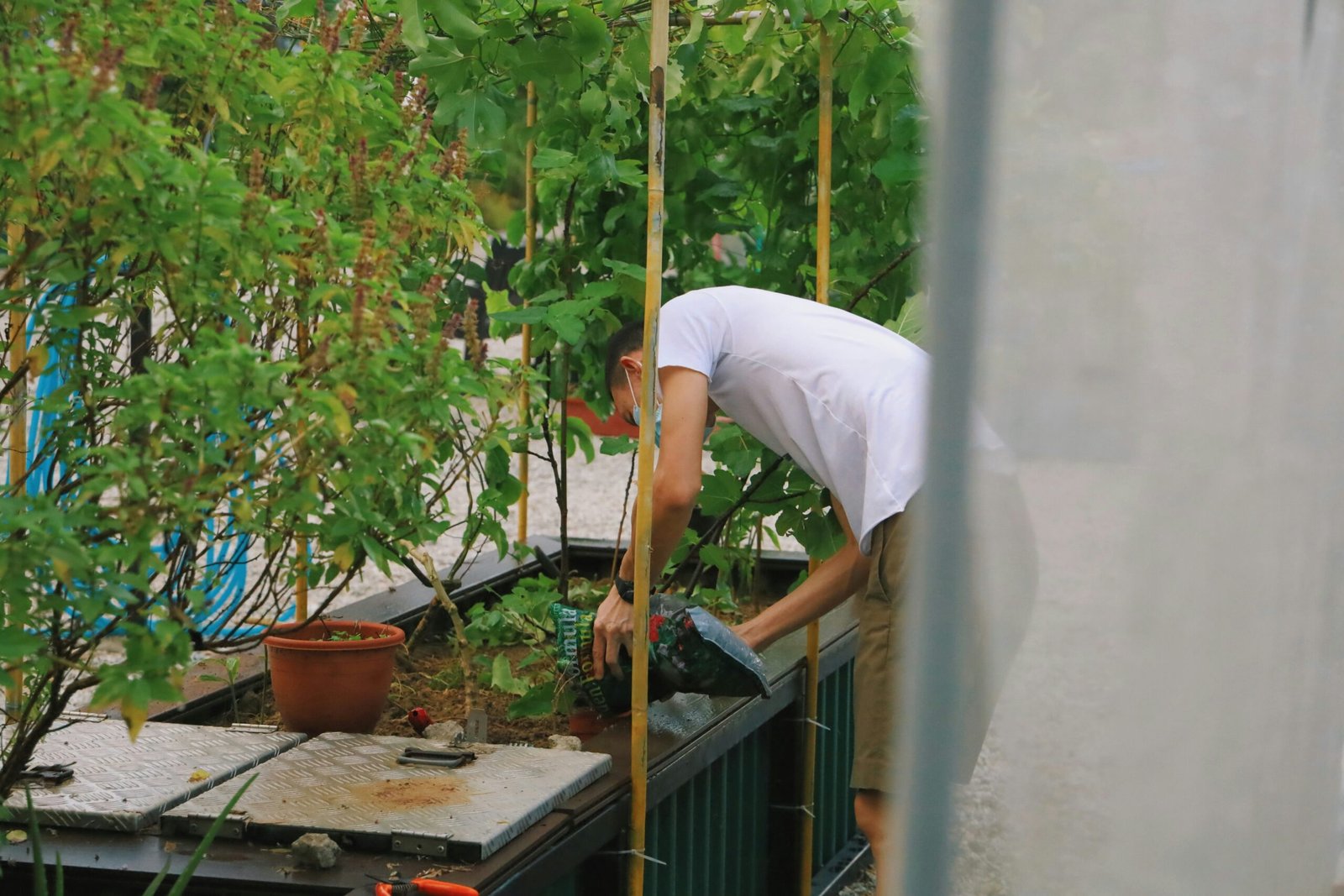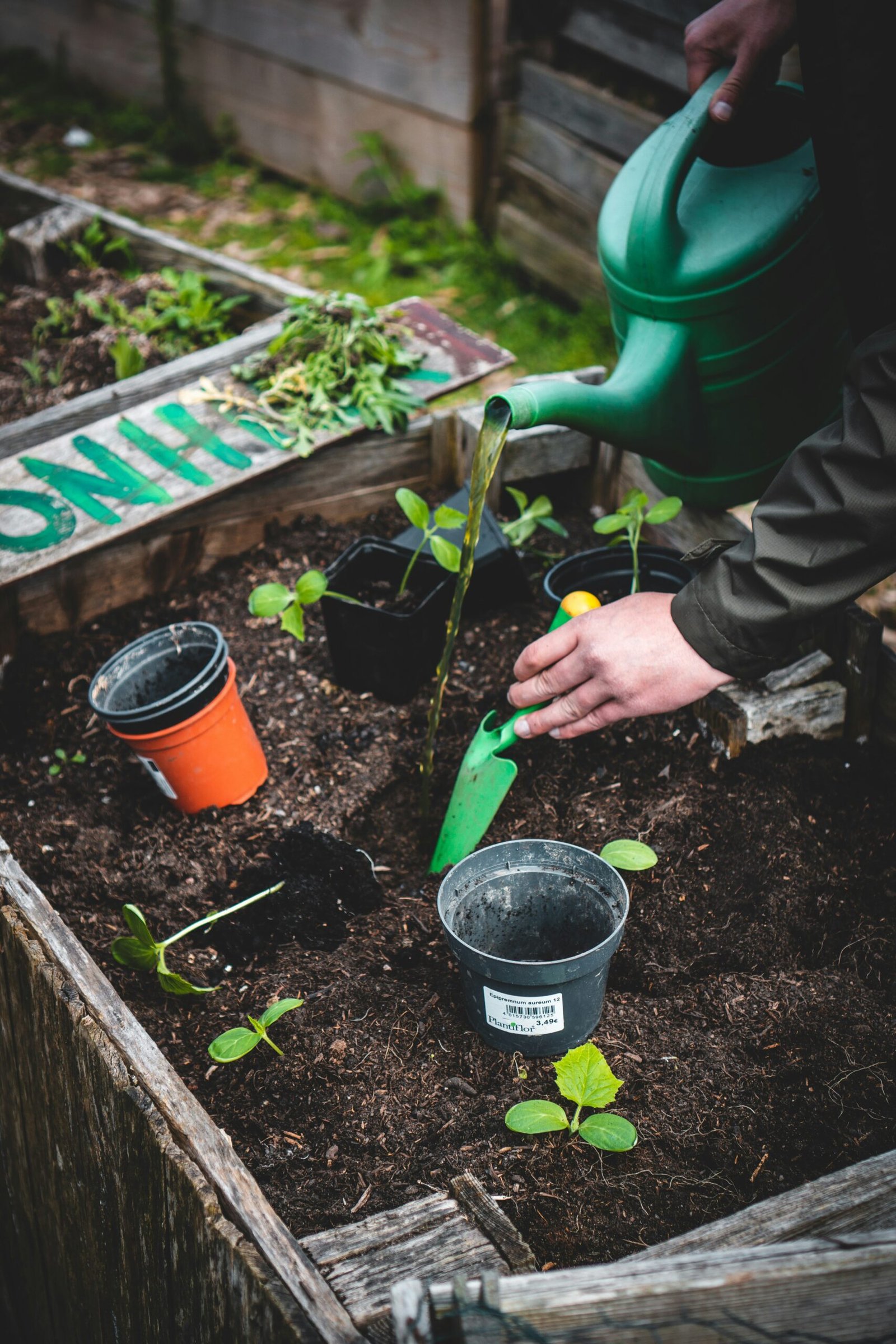Urban farming is gaining popularity as a sustainable solution to the challenges of food production in densely populated areas. With limited space and resources, urban farmers rely on technology to optimize their operations and maximize yields. One crucial aspect of this technological revolution is the development of user-friendly and intuitive mobile applications that cater to the needs of urban farmers. In this article, we will explore some UI/UX strategies for designing effective urban farming apps.
1. Simplify Navigation
When designing an urban farming app, it’s essential to prioritize simplicity and ease of use. Urban farmers are often busy individuals who need to access information quickly. Implementing a clear and intuitive navigation system will help users find the features they need without any confusion. Consider using a tab-based navigation or a hamburger menu to organize different sections of the app.
2. Provide Real-time Data
One of the key advantages of smart agriculture is the ability to monitor and control various parameters in real-time. Urban farming apps should provide users with up-to-date information about temperature, humidity, soil moisture, and other relevant data. Displaying this data in a visually appealing and easy-to-understand format, such as graphs or charts, can help users make informed decisions about their crops.
3. Incorporate Remote Control Features
Remote control features are a game-changer for urban farmers who may not always be physically present at their farms. By integrating functionalities like irrigation control, lighting control, and nutrient dosing, the app allows farmers to manage their operations from anywhere. A well-designed interface for these remote control features ensures that users can easily adjust settings and monitor their farms without any hassle.
4. Include Crop Library and Recommendations
Urban farmers often experiment with a variety of crops based on their available space and market demand. Including a comprehensive crop library within the app can help users explore different options and learn about the specific requirements of each crop. Additionally, providing recommendations based on factors like location, season, and available resources can assist users in making informed decisions about what to grow.
5. Enable Community Interaction
Building a sense of community among urban farmers is crucial for knowledge sharing and support. Incorporating features that allow users to interact with each other, such as forums or chat groups, can foster a collaborative environment. Users can share their experiences, ask questions, and seek advice from fellow urban farmers, creating a valuable network within the app.
6. Offer Educational Resources
For those new to urban farming, educational resources are essential for learning the basics and staying updated with the latest trends. Including articles, videos, or tutorials within the app can help users expand their knowledge and enhance their farming practices. By providing valuable educational content, the app becomes a one-stop resource for urban farmers.
7. Implement Notifications and Alerts
Timely notifications and alerts are crucial for urban farmers to stay on top of their farming activities. Whether it’s a reminder to water the plants or a warning about extreme weather conditions, push notifications can help users take immediate action. However, it’s important to strike a balance and avoid overwhelming users with excessive notifications.
8. Ensure Cross-platform Compatibility
Urban farmers may use a variety of devices, including smartphones, tablets, and computers, to access the app. Ensuring cross-platform compatibility allows users to seamlessly switch between devices without any loss of functionality or data. A responsive design that adapts to different screen sizes and resolutions is essential for a positive user experience.
Conclusion
As urban farming continues to grow, designing user-friendly and intuitive apps becomes crucial for the success of this sustainable practice. By simplifying navigation, providing real-time data, incorporating remote control features, including crop libraries and recommendations, enabling community interaction, offering educational resources, implementing notifications and alerts, and ensuring cross-platform compatibility, urban farming apps can empower users to optimize their operations and contribute to a greener future.












Leave a Reply